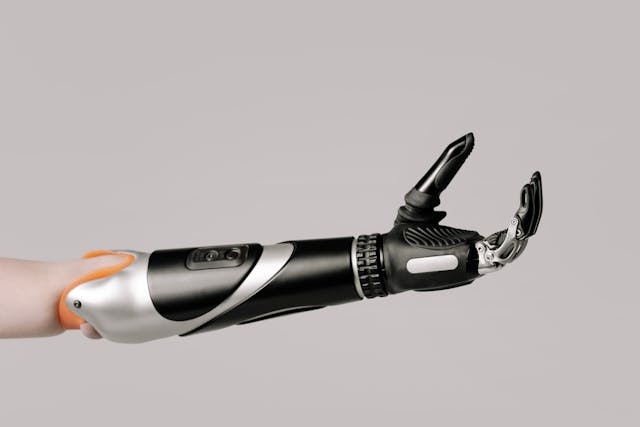Technology is changing lives every day, and for people with disabilities, wearable devices are making a huge difference. From advanced prosthetic hands to smart glasses that assist the visually impaired, wearable technology is breaking barriers and making the world more accessible. Over the next five years, we will see even greater advancements, making disability assistance devices smarter, more comfortable, and more connected.
At Robobionics, we are committed to creating prosthetics that restore independence and dignity. With innovations like Grippy™, our lightweight and affordable bionic hand, we ensure that technology is accessible to everyone. In this article, we will explore how wearable tech is shaping the future of disability assistance and what exciting changes are coming by 2030.
1. Smart Prosthetics: The Next Leap in Artificial Limbs
Prosthetic technology has come a long way, but the next generation of wearable prosthetics will be even more advanced. Smart prosthetics are now integrating artificial intelligence (AI) and sensors to make movement feel more natural. These devices can detect muscle signals, adjust grip strength automatically, and even provide sensory feedback, allowing users to “feel” textures and pressure.
At Robobionics, we focus on making prosthetics both functional and affordable. Our Grippy™ bionic hand is designed with user comfort in mind, offering an intuitive control system that adapts to the user’s needs. As technology progresses, we expect smart prosthetics to become even lighter, more responsive, and fully customized to each individual.
Another exciting advancement is brain-controlled prosthetics. These devices use brain signals to control movement, eliminating the need for physical muscle contractions. This can be life-changing for people with high-level amputations or nerve damage. By 2030, we could see prosthetics that function almost like a real limb, seamlessly connected to the nervous system.
2. Wearable Exoskeletons: Restoring Mobility with Technology
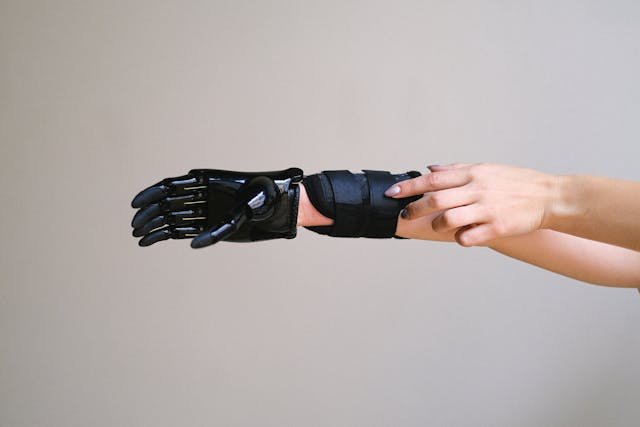
Wearable exoskeletons are transforming mobility for people with spinal cord injuries, stroke survivors, and individuals with muscular disorders. These powered suits provide support and enhance movement by detecting body signals and responding accordingly. Some models already help people stand, walk, and even climb stairs with minimal effort.
One of the biggest improvements in exoskeleton technology is real-time adaptability. Future devices will analyze movement patterns and adjust support instantly, making walking feel more natural. This reduces strain on the body and improves long-term usability. By 2030, exoskeletons could become compact, lightweight, and even affordable enough for everyday use.
These devices are also expanding into workplace and elderly assistance. Seniors struggling with mobility can use soft exosuits for support, reducing the risk of falls. Factory workers with disabilities can also benefit, as exoskeletons help prevent strain and fatigue, making jobs more accessible to everyone.
3. Smart Glasses: A New Vision for the Visually Impaired
Smart glasses are not just about augmented reality; they are becoming essential tools for individuals with visual impairments. These devices use AI-driven object recognition, voice assistance, and navigation systems to help users interact with their surroundings.
The latest smart glasses can read text aloud, recognize faces, and detect obstacles, allowing visually impaired individuals to navigate the world more confidently. Some models even provide real-time translation and description of scenes, giving users more independence in social and work environments.
By 2030, we expect smart glasses to become even more advanced with AI-powered spatial awareness. These systems will create a digital map of the surroundings, allowing users to move safely in unfamiliar areas. As these glasses become smaller and more affordable, they will become a common tool for people with vision impairments worldwide.
4. AI-Powered Hearing Aids: Enhancing Sound in Real Time
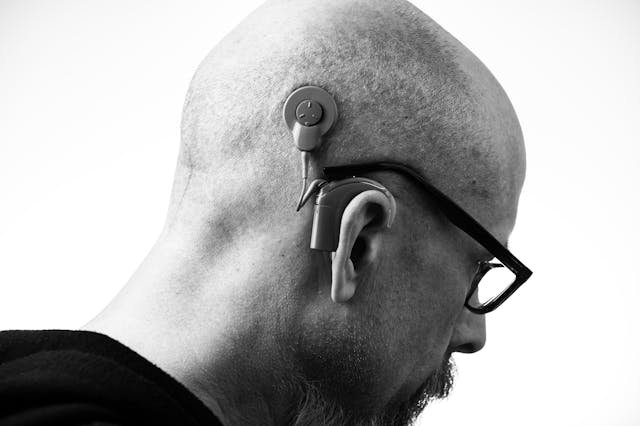
Hearing aids have improved significantly in recent years, but AI-powered models are set to revolutionize the experience even further. These advanced devices can automatically filter background noise, focus on specific voices, and adjust to different environments without manual control.
One major breakthrough is brain-wave-assisted hearing. Scientists are developing hearing aids that can recognize brain signals, allowing them to amplify only the sounds the user wants to hear. This is particularly helpful in noisy environments, like crowded streets or busy restaurants, where traditional hearing aids struggle.
Another exciting development is connectivity with smartphones and other smart devices. AI-powered hearing aids will seamlessly integrate with home assistants, emergency alerts, and even translation apps, making communication easier for users. As these technologies advance, hearing impairments will become less of a barrier to everyday interactions.
5. Gamified Rehabilitation: Making Therapy Engaging
Rehabilitation is essential for individuals adjusting to prosthetics or recovering from injuries, but traditional therapy can feel repetitive and discouraging. Gamified rehabilitation is changing that by turning exercises into interactive and enjoyable experiences.
Wearable devices equipped with motion sensors and AI track progress and provide real-time feedback, motivating users to stay engaged. Patients recovering from strokes or limb loss can practice movements through virtual reality (VR) or app-based games that encourage improvement in a fun and rewarding way.
At Robobionics, we integrate home-based gamified rehabilitation into our prosthetic services. This allows users to adapt to their new prosthetics more quickly, improving confidence and long-term usability. By 2030, rehabilitation could become fully personalized, with AI-driven programs that adjust to each user’s unique needs.
6. Wearable Health Monitors: Ensuring Safety and Well-being
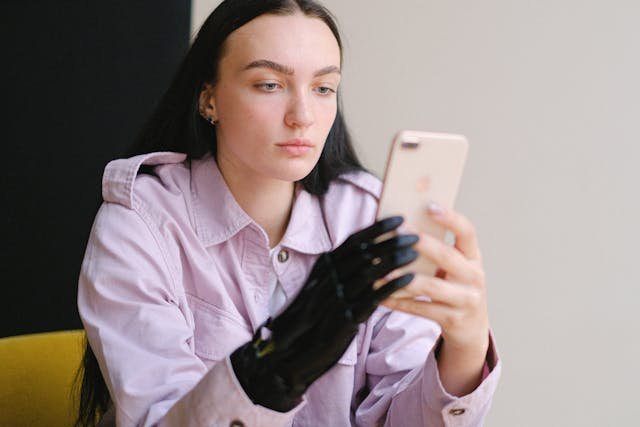
For individuals with disabilities, health monitoring is crucial, as conditions like diabetes, heart disease, and nerve disorders often require constant attention. Wearable health monitors are making this easier by tracking vital signs in real time and alerting users or caregivers when necessary.
Future devices will be even more advanced, with non-invasive glucose monitoring, hydration tracking, and stress detection. These features will help users manage their health without constant hospital visits. AI-driven analysis will also provide early warnings for potential health issues, preventing complications before they arise.
Another promising development is fall detection and emergency response systems. Wearable devices can already detect sudden falls and automatically send alerts, but future models will use AI to predict falls before they happen, reducing injury risks. This technology will be especially useful for elderly individuals and those with mobility impairments.
7. The Role of 5G and IoT in Wearable Disability Tech
Fast and reliable internet connectivity is essential for modern wearable devices, and 5G and the Internet of Things (IoT) are making them more powerful than ever. These technologies allow real-time data exchange, making disability assistance devices smarter and more responsive.
For example, AI-powered prosthetics can receive instant software updates, improving performance without requiring a clinic visit. Smart wheelchairs and exoskeletons can connect to navigation systems, helping users find the safest and most accessible routes.
By 2030, cloud-connected disability devices will provide seamless integration with smart homes, workplaces, and even public spaces. Users will experience more independence as their devices work in harmony with the world around them, ensuring safety, accessibility, and convenience.
How to Prepare for the Future of Wearable Disability Tech
With so many innovations on the horizon, individuals with disabilities, caregivers, and healthcare professionals need to stay informed and ready for these advancements. The future of disability assistance is not just about adopting new technologies but also about making sure they are accessible, affordable, and tailored to individual needs.
1. Stay Updated on Emerging Technologies
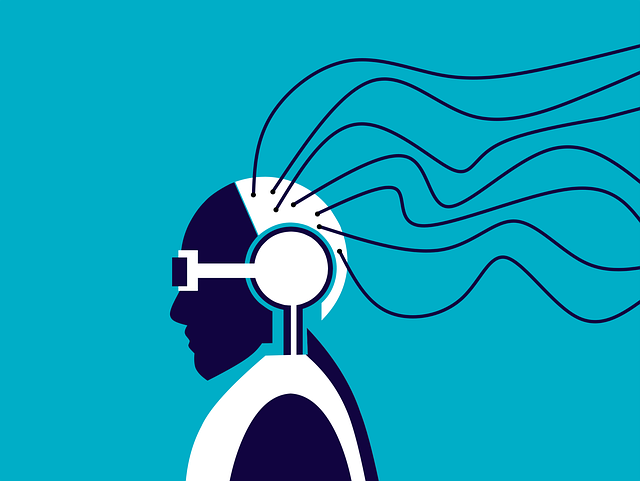
The pace of innovation in wearable technology is rapid, and new devices are constantly being developed. Following reputable sources like medical journals, tech blogs, and companies like Robobionics will help you stay informed about the latest advancements. As we move toward 2030, expect more AI-driven, personalized, and user-friendly disability assistance devices to enter the market.
If you are considering a prosthetic or assistive device, it’s a great idea to explore demos and trials before committing to a final choice. At Robobionics, we offer free demonstrations of our Grippy™ bionic hand, allowing users to experience the technology firsthand.
2. Advocate for Accessibility and Affordability
One of the biggest challenges in wearable disability tech is accessibility. Many cutting-edge devices remain expensive and are not widely available. Advocacy efforts can help push for government subsidies, insurance coverage, and corporate initiatives that make these technologies more affordable for everyone.
At Robobionics, we support the “Make in India” initiative to provide high-quality, locally manufactured prosthetics that reduce costs and ensure faster service. By choosing homegrown solutions, users can benefit from better accessibility, quicker repairs, and ongoing support.
3. Embrace Gamified Learning and Rehabilitation
Adjusting to new assistive devices can take time, and traditional therapy methods are not always engaging. Gamified rehabilitation programs can make the transition smoother, helping users build strength, coordination, and confidence through interactive challenges.
If you are a prosthetic user, caregiver, or therapist, consider exploring rehabilitation platforms that integrate AI, virtual reality, and real-time feedback. At Robobionics, we encourage our users to take advantage of gamified home-based rehab, which makes prosthetic adaptation fun and effective.
The Expanding Role of AI and Machine Learning in Disability Assistance
Artificial intelligence (AI) and machine learning are playing a bigger role in making disability assistance devices smarter, more personalized, and easier to use. AI-powered systems can analyze user behavior, adapt to individual needs, and provide real-time adjustments, ensuring that assistive devices work seamlessly in everyday life.
1. AI-Powered Personalized Prosthetic Adjustments

One of the biggest challenges prosthetic users face is the need for constant adjustments to improve comfort and usability. Traditionally, these adjustments required frequent visits to specialists, but AI is changing that.
Future prosthetic devices will feature self-learning AI algorithms that track user movements, pressure points, and grip strength, making real-time modifications without manual intervention. This means users will experience fewer discomforts, better control, and improved energy efficiency in their movements. At Robobionics, we are actively working toward incorporating AI into prosthetic solutions like Grippy™, ensuring a more intuitive and natural experience for users.
2. Predictive AI for Injury Prevention
For people with disabilities, avoiding injuries is a top priority. Wearable AI can monitor a user’s movements and detect signs of strain, fatigue, or improper posture, alerting them before an injury occurs. This is particularly useful for wheelchair users, prosthetic limb users, and individuals with mobility impairments.
For instance, AI-powered wheelchairs can analyze terrain, body positioning, and movement patterns to predict risks and offer real-time suggestions, reducing the chances of accidents. In the future, AI may even sync with exoskeletons and prosthetics to automatically adjust settings for better balance and posture.
3. AI-Enhanced Voice Assistants for Greater Accessibility
Voice assistants like Siri and Alexa have made everyday tasks easier, but AI-powered voice recognition will go even further in assisting people with disabilities. Future voice assistants will be designed to recognize different speech patterns, including those of individuals with speech impairments, allowing for more accurate responses.
For users with mobility impairments, AI-powered assistants can control smart homes, adjust prosthetic settings, and even help in work or academic settings. By 2030, these systems will likely integrate deeply into disability assistance devices, providing hands-free control and real-time assistance in all aspects of daily life.
Neural Interfaces: The Future of Direct Brain-to-Device Control
Neural interface technology, often called brain-computer interfaces (BCIs), is one of the most exciting advancements in assistive technology. This innovation allows individuals to control prosthetic limbs, wheelchairs, and even communication devices using only their thoughts.
1. Brain-Controlled Prosthetics for Seamless Movement

Traditional prosthetics rely on muscle signals for control, but BCIs will allow users to move their artificial limbs just like a natural one, using brain signals alone. This means faster response times, more intuitive control, and better coordination for users with high-level amputations or nerve damage.
At Robobionics, we are following these developments closely, and we anticipate that brain-controlled prosthetics will become more widely available by 2030. As this technology matures, it will make bionic limbs feel even more like natural extensions of the body.
2. Restoring Communication for Those with Speech Impairments
Neural interfaces can also help individuals with conditions like ALS, cerebral palsy, or severe paralysis communicate more effectively. Brain signals can be translated into text or speech, allowing users to express themselves without needing physical movement.
This has huge implications for work, education, and social interactions, helping individuals regain their independence. With advances in AI, these systems will become more responsive, enabling faster and more fluid communication.
3. Mind-Controlled Wheelchairs and Exoskeletons
Another exciting application of neural interfaces is thought-controlled mobility devices. Brain-controlled wheelchairs and exoskeletons are already in development, allowing individuals to move simply by thinking about their desired action.
By 2030, this technology will likely become more accessible and reliable, giving individuals with severe mobility impairments greater freedom. Combining BCIs with AI-powered assistance will further improve precision and safety, ensuring that movement feels natural and effortless.
3D Printing: Making Assistive Devices More Customizable and Affordable
3D printing has already transformed the prosthetics industry by making high-quality, affordable, and customizable artificial limbs available to more people. In the coming years, advancements in 3D printing will take disability assistance even further.
1. Fully Personalized Prosthetics with Perfect Fit
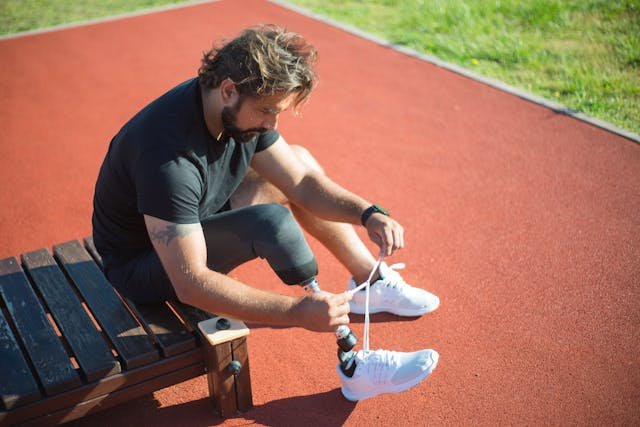
Traditional prosthetics often require multiple adjustments to ensure a proper fit, which can be time-consuming and expensive. With advanced 3D scanning and printing, users will be able to get a fully customized prosthetic that matches their unique body shape and movement needs.
At Robobionics, we use 3D printing technology to develop lightweight and ergonomic prosthetic hands like Grippy™, ensuring a comfortable fit and natural movement. As printing technology improves, prosthetic limbs will become even more precise, durable, and affordable.
2. Rapid Manufacturing for Faster Repairs
One of the biggest drawbacks of traditional prosthetics is the long repair time when a component breaks or wears out. 3D printing allows for on-demand production, meaning replacement parts can be printed and delivered quickly.
By 2030, prosthetic users will be able to scan and order parts online, reducing the wait time for repairs. Clinics and hospitals may even have in-house 3D printing labs, enabling same-day replacements and adjustments.
3. Bioprinting for Prosthetic Integration
While still in early stages, bioprinting—the ability to print human tissues and organs—could eventually lead to prosthetics that integrate with the body more seamlessly. Scientists are exploring ways to print artificial skin with sensors, allowing prosthetic users to regain a sense of touch.
As this technology evolves, the boundary between artificial and biological limbs may blur, making prosthetic devices feel even more like natural body parts.
Final Thoughts: A More Inclusive Future
Wearable technology is reshaping disability assistance in ways we never imagined. From smart prosthetics and exoskeletons to AI-powered hearing aids and health monitors, these innovations are improving mobility, independence, and quality of life.
At Robobionics, we believe in creating solutions that empower individuals to live life without limitations. Our Grippy™ bionic hand and home-based rehabilitation programs are just the beginning. As we move toward 2030, we are committed to integrating the latest technologies into our prosthetics, ensuring that everyone has access to life-changing innovations.
If you or a loved one could benefit from advanced prosthetic solutions, book a free demo of Grippy™ today and experience the future of prosthetic technology firsthand!



